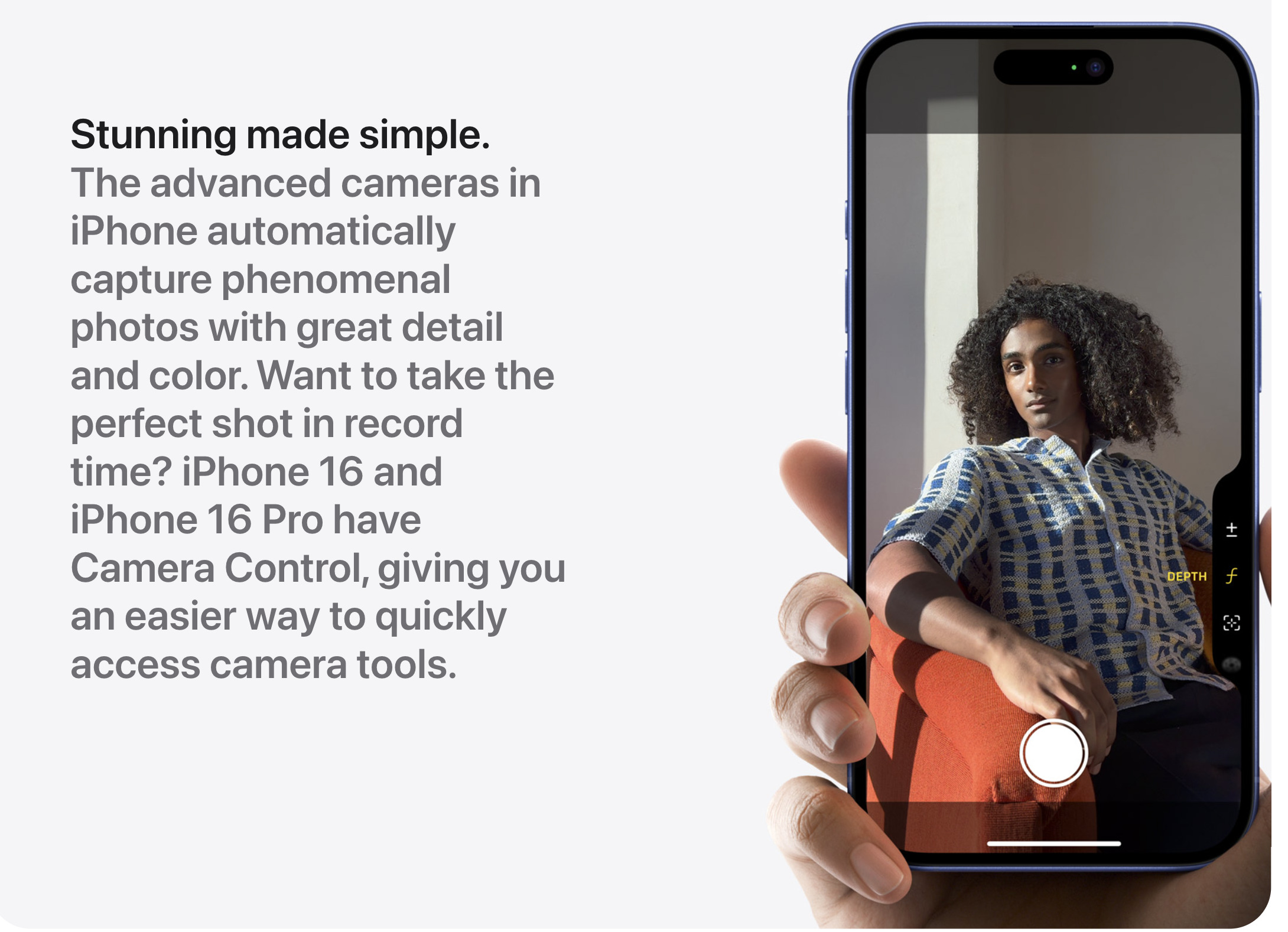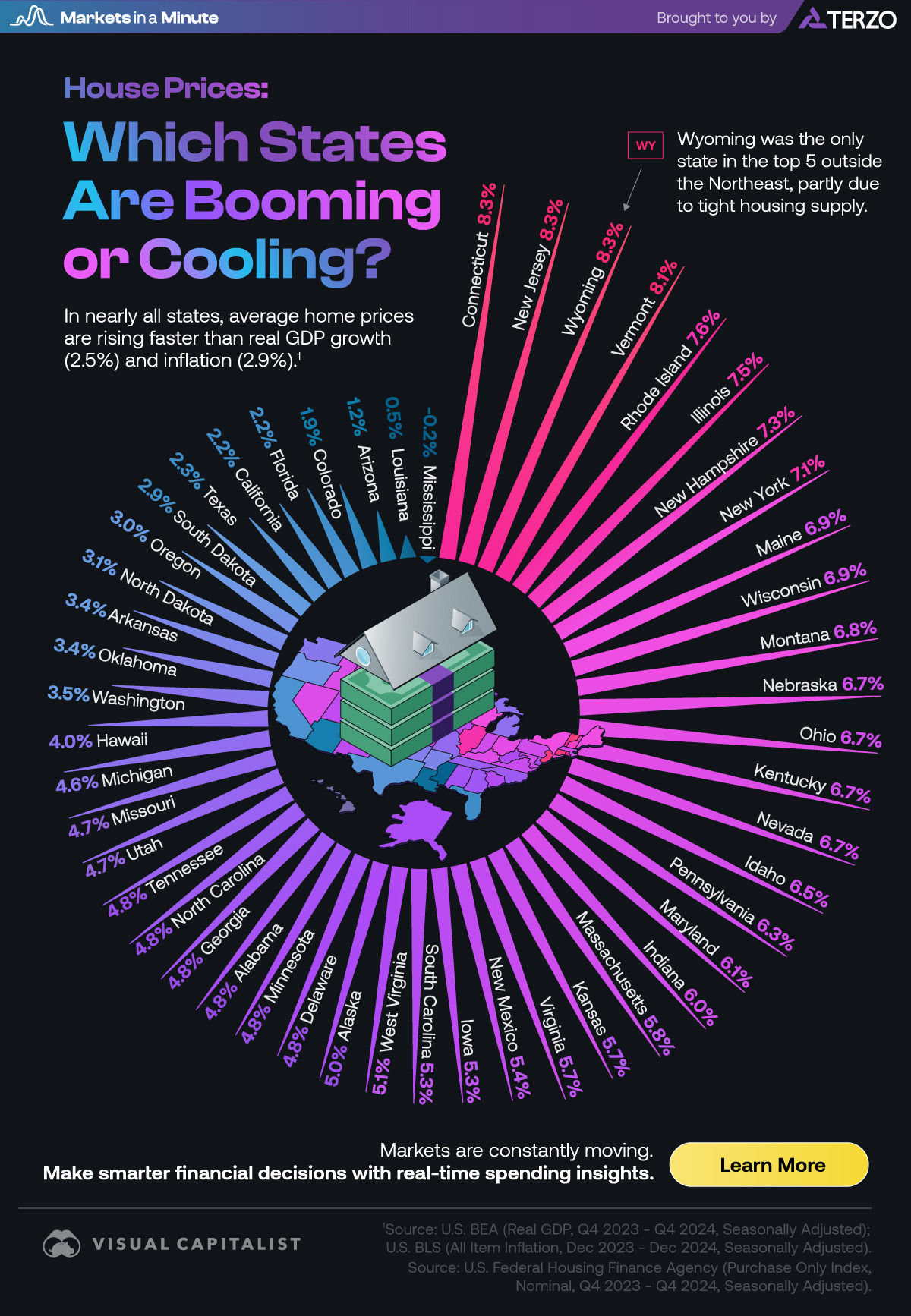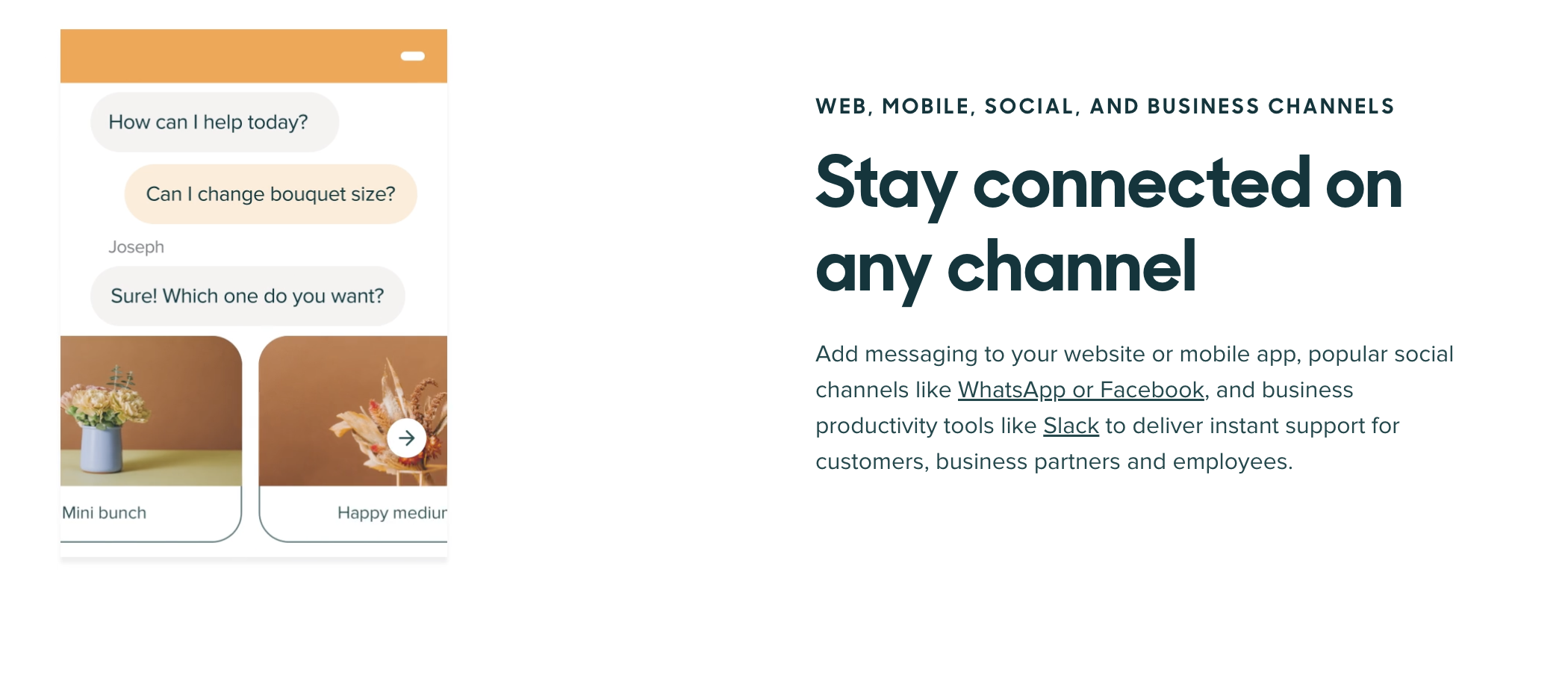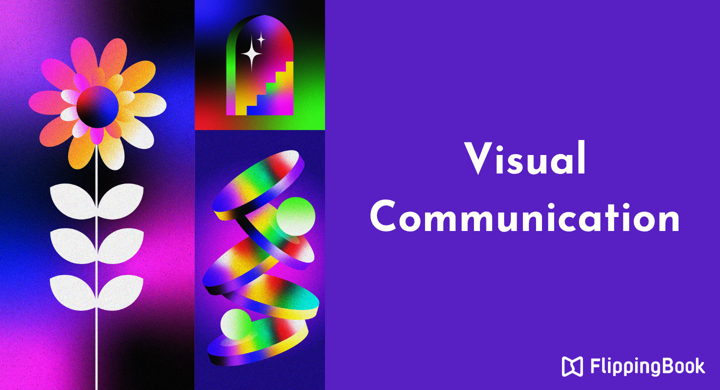Ever scroll past a wall of text, only to pause at a striking image or graphic? That’s the magic of visual communication. In a world where attention spans are short and feeds move fast, knowing how to communicate visually isn't just helpful—it's essential for modern brands.
💡 Quick fact
Visual content gets shared 40 times more often than other types. A well-designed graphic or video doesn’t simply catch the eye, it travels around the world, building brand recognition and positioning you as a trusted expert. For marketers, this kind of organic reach is gold. What’s more, nearly 1 in 4 marketers (23.8%) say their strategy would fall apart without visual content—proof that visuals are central to how today’s brands connect and communicate.
So today, let’s dive into how you can use visuals to captivate, persuade, and stand out—with real examples of powerful visual marketing.
What Is Visual Communication?
Visual communication refers to the practice of conveying messages and information through visual elements. It enhances understanding, improves retention, and communicates your ideas more quickly and effectively than words alone.
What visual communication design is about at its core is selecting the elements that will create the most meaning for your audience. These elements usually include colors, typography, imagery and photography, flipbooks, videos, and data visualization.
Why Visual Communication Matters
📈 Drives higher engagement
Visual content gets 94% more views than text-only content. This dramatic difference is a perfect example of the power of visuals to capture attention and boost engagement online.
📌 Captures attention quickly
Visuals break through the noise and help your message stand out in crowded digital spaces.
🧠 Boosts comprehension and retention
Combining text and visuals can boost information retention by up to 65%. This demonstrates how effective visuals are at capturing attention and improving learning and memory.
❤️ Creates emotional connection
Imagery, colors, and video storytelling tap into feelings that text alone can’t reach.
🛠️ Builds consistent branding
Logos, typography, and visual style help reinforce brand positioning and trust.
💡 Simplifies complex ideas
Infographics, charts, and icons make data or abstract concepts easy to understand.
🕒 Saves time
Visuals can convey a message in seconds, faster than reading paragraphs of text.
Check out this interactive flipbook, for example. The combination of expressive visuals, clean typography, and interactive components creates a visually captivating and emotionally appealing experience. It successfully communicates both the essence of the destination and the tone of the brand—premium, immersive, and culturally rich.
Engaging Examples of Visual Communication
Visual communication is an effective tool for sharing ideas, telling stories, and influencing decisions. The best part? You don’t need to be a professional designer to use it effectively. Chances are, you’re already incorporating visuals—now it’s time to elevate that strategy.
Explore the examples below to see how strong visual communication connects with audiences and amplifies your message. Then, consider which formats fit your brand best and how you can start using them more intentionally.
#1 Images & photography 🖼️
In 2026, images have become more than decorative elements—they're strategic tools at the heart of brand communication. With the rise of AI-generated visuals, immersive media, and lightning-fast digital consumption, visuals help brands capture attention and build trust in an instant.
Where to use: product shots, lifestyle imagery, email newsletters, social media posts and ads.
📌 Brand spotlight: real applications
Apple. Uses high-resolution lifestyle photography on product pages to show real-world usage (e.g., iPhone in hand, AirPods during a workout).

Source: Apple
Airbnb. Leverages user-generated travel photos across listings to build authenticity and trust.
Glossier. Integrates polished product photography and real customer selfies in their marketing emails and Instagram feed.
#2 Color 🎨
Understanding color theory and psychology helps brands build stronger emotional connections, influence purchasing decisions, and stand out in a crowded marketplace.
Research indicates that individuals form decisions within 90 seconds of encountering a person or object. Color plays a significant role in 62% to 90% of these choices. Thus, using color effectively can distinguish a product from its competitors and impact moods and emotions, shaping consumers' attitudes toward the product.
Where to use: Branding and logos, website themes and backgrounds, call-to-action buttons, infographics and charts, social media graphics, presentations and pitch decks.
📌 Brand spotlight: real applications
Virgin Media. Crafts an immersive reading experience by integrating its signature red throughout the brochure, complemented by animated GIFs and an atmospheric background. This cohesive design approach reinforces brand identity and captivates readers through dynamic visual storytelling.
Spotify Wrapped. Uses bright, bold, personalized color schemes in users’ year-end summaries to drive sharing.
Dropbox. Employs playful colors and illustrations across its site to make a SaaS tool feel more human and creative.
#3 Typography 🔤
Typography is about setting tone, creating hierarchy, and improving readability. Bold and expressive typography is trending in 2026, with brands using it to elevate their presence and capture readers' attention. Variable fonts and animated text are also on the rise.
Where to use: Website headings and body text, email campaigns, presentations, social media quotes or messages, landing pages.
📌 Brand spotlight: real applications
Mailchimp. Uses bold, quirky typography in its UI and ads to reinforce a friendly, approachable tone.
The New York Times. Combines clean serif fonts with modern web typography for readability and brand authority.
Spotify. Employs a clean, sans-serif typeface across its platform, ensuring readability and a modern aesthetic that aligns with its digital-first approach.

#4 Infographics & data visualization 📊
With information overload at an all-time high, infographics and data visualization help cut through the noise. These formats are evolving—becoming cleaner, more interactive, and often animated for even greater impact. Well-designed charts and visuals transform raw data into compelling, easy-to-digest stories.
Where to use: Blog posts and whitepapers, reports and presentations, pitch decks, social media posts, sales materials.
📌 Brand spotlight: real applications
Visual Capitalist. Distills complex economic, financial, and business trends into sleek, data-rich infographics designed for quick comprehension and high shareability across digital platforms.

Source: Visual Capitalist
HubSpot. Regularly publishes marketing reports with interactive graphs and downloadable infographics.
The Washington Post. Features dynamic visualizations in data journalism to explain complex news stories.
#5 Videos 🎥
Video offers a multisensory experience that goes beyond what text or still images can achieve. That’s why 89% of consumers expect brands to invest more in video in 2026—from quick reels to in-depth explainers. Whether showcasing products or telling human stories, video builds emotional connections and trust at scale.
Where to use: Social media (Reels, TikTok, YouTube Shorts), landing pages, product demos, customer testimonials, email marketing, webinars and virtual events.
📌 Brand spotlight: real applications
Lush Cosmetics. Shares behind-the-scenes videos of how their products are made on social media.
Monday.com. Uses explainer videos on landing pages to simplify complex features in seconds.
Nike. Combines storytelling and athleticism in short films and athlete profiles.
#6 GIFs & motion graphics 🌀
GIFs and short motion graphics add energy and personality to content. Today, they’re widely used to communicate micro-moments, reactions, or quick insights—especially where attention spans are short. Motion also draws the eye in increasingly dynamic digital spaces.
Where to use: Social media posts and replies, emails (especially for highlighting new features or promotions), chatbots and support platforms, website microinteractions.
📌 Brand spotlight: real applications
Zendesk. Incorporates subtle looping GIFs in product tutorials and feature highlights.
 Source: Zendesk
Source: Zendesk
BuzzFeed. Uses reaction GIFs and motion text in listicles and social media posts to drive shares.
Adobe Express. Adds animated stickers and templates for users creating short-form marketing content.
#7 Flipbooks ✨
If you want to use an enticing visual format that incorporates several visuals like images, videos, and GIFs, plus looks fresh and professional, try creating flipbooks. A flipbook is an interactive digital publication with a realistic page-flip effect that is created from a PDF in a few simple steps. Such flipbook makers as FlippingBook can become a one-stop shop for your marketing and sales and help you craft online catalogs, brochures, magazines, and presentations with an excellent viewing experience.
Adding interactive elements like captivating videos, engaging image galleries, and lively GIFs lets you catch your readers’ attention, create an emotional connection with your clients, and reach a wider audience with your content. The fun and compelling interactive element creates higher social sharing, which amplifies reach and visibility.
🚀 Interactive content is seeing an increase in 2026
62% of marketers want to incorporate more interactivity into their strategy.
What’s more, Flippingook offers you a robust branding suite that allows you to customize your flipbooks with your company’s logo, color palette, and favicon. Plus, you can turn your ordinary flipbook URLs into fully branded links with your custom domain. This way, you can raise your brand awareness, support your brand consistency, and build trust with your audience.
Where to use: digital brochures and catalogs, product or service presentations, online magazines and newsletters, client proposals, and pitch decks.
🎨 Want to learn more about creating branding content?
Read our article on crafting inspiring branded content and why it matters.
📌 Brand spotlight: real applications
Teach First. Adds bold color blocks to create instant contrast and guide the eye across spreads. Photography and cutout portraits add authenticity and human connection, reinforcing the real impact of the educators’ work. GIFs and videos enhance interactivity, keeping readers engaged and informed in a lively, multimedia-rich experience.
Ritz-Carlton. Uses a tranquil blue palette and elegant serif typography to evoke calm and luxury, drawing the eye with spacious layouts and generous whitespace. Interactive elements, such as GIFs and videos, add depth and engagement, creating a seamless, inviting journey through a serene environment.
Berkshire Real Estate. Creates a relaxing coastal atmosphere with a palette of warm orange and soft blue. High-resolution aerial and landscape photos add authenticity and showcase the property’s natural beauty. Interactive elements—like the embedded survey and video—invite engagement, making the experience dynamic and immersive.
Berkshire Real Estate Market Report
Bring Your Visual Story to Life
In a world of endless content, visuals help your message stand out and stick. The brands that lead tomorrow are the ones that invest in clear, impactful, and emotionally resonant visual storytelling today. Now that you’ve seen what great visual communication looks like, don’t hesitate to try something new! Choose one format to experiment with this month—whether it’s a data visual, flipbook, or short-form video—and see how your audience responds. Good luck!



.jpg)

